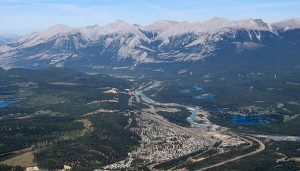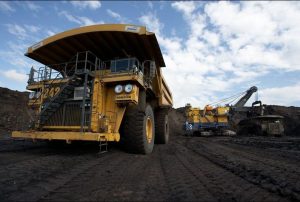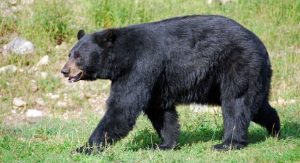Perhaps your idea of a vacation is a little more active, Greenville is centered among parks that offer water slides, swimming, hiking, tennis, golf, putt putt, and other outdoor leisure activities the entire family can enjoy. Speaking of golf, Greenville boasts eight golf courses with smooth greens, scenic fairways, challenging holes, and the finest mountain vistas around. Fly fishing, bass fishing, and breathtaking mountain views are reached within minutes of the downtown area.
For those who enjoy a more personal touch to their accommodations, many fine bed and breakfast establishments some of which boast historic architecture, gorgeous mountain views, and close proximity to the Nolichucky River or downtown area would be more of your liking. And if your preference is more rustic, 6 campgrounds offer sites from primitive to complete amenities including water hookups, bathhouses, picnic areas, and campground security.

Lest you think Greenville is a sleepy little town with no excitement, modern motels offer the accommodations of heated outdoor pools, exercise rooms, and convenient breakfast dining within their beautifully decorated lovelies. These hotels are filled to overflowing several times each year when Greenville hosts special events. Events such as the state’s longest-running girls softball tournament, the tiny day red Edmunds memorial softball tournament held the last weekend in April, or the Green County Bank ladies classic basketball tournament that has been featured in USA Today.
Perhaps baseball is your treasured sport, tusculum college the oldest college west of the Allegheny Mountains is the home of the Greenville Astros baseball team. the Appalachian League short-season team plays June through August and there is certain to be more than enough excitement for sports fans. An added bonus appealing again to history buffs is that the tusculum campus is home to the President Andrew Johnson museum and library that houses the personal favorite President Johnson and his family. at the edge of campus is the dope house and museum, the home of Samuel Doe a frontier Presbyterian minister an educator as well as the founder of tusculum college is listed on the National Register of Historic Places and houses the Museum Studies program at the college.
Is your passion automobiles? A treasury of antique vehicles rolls into town for a Saturday night out downtown cruising during the month of June. This event draws more than 300 antique cars and their owners who fill the downtown streets with their music and laughter, spending yarns about the history of their automobiles.
Looking for entertainment? Try the annual iris festival, held a third weekend in May. Storytelling, entertainment, a miss iris festival pageant, more than 150 crafters from many states, a food courts to tempt any pound, and kids court filled with games and activities such as face painting, inflatable rides, a DJ, and more to ensure a fun-filled outing for the whole family.
For holiday shoppers, treasures abound at the annual holiday bazaar that takes place in the first full weekend in November. More than 100 carefully selected craft booths fill the area with a holiday atmosphere that fuels the shopping instincts of young and older life.



